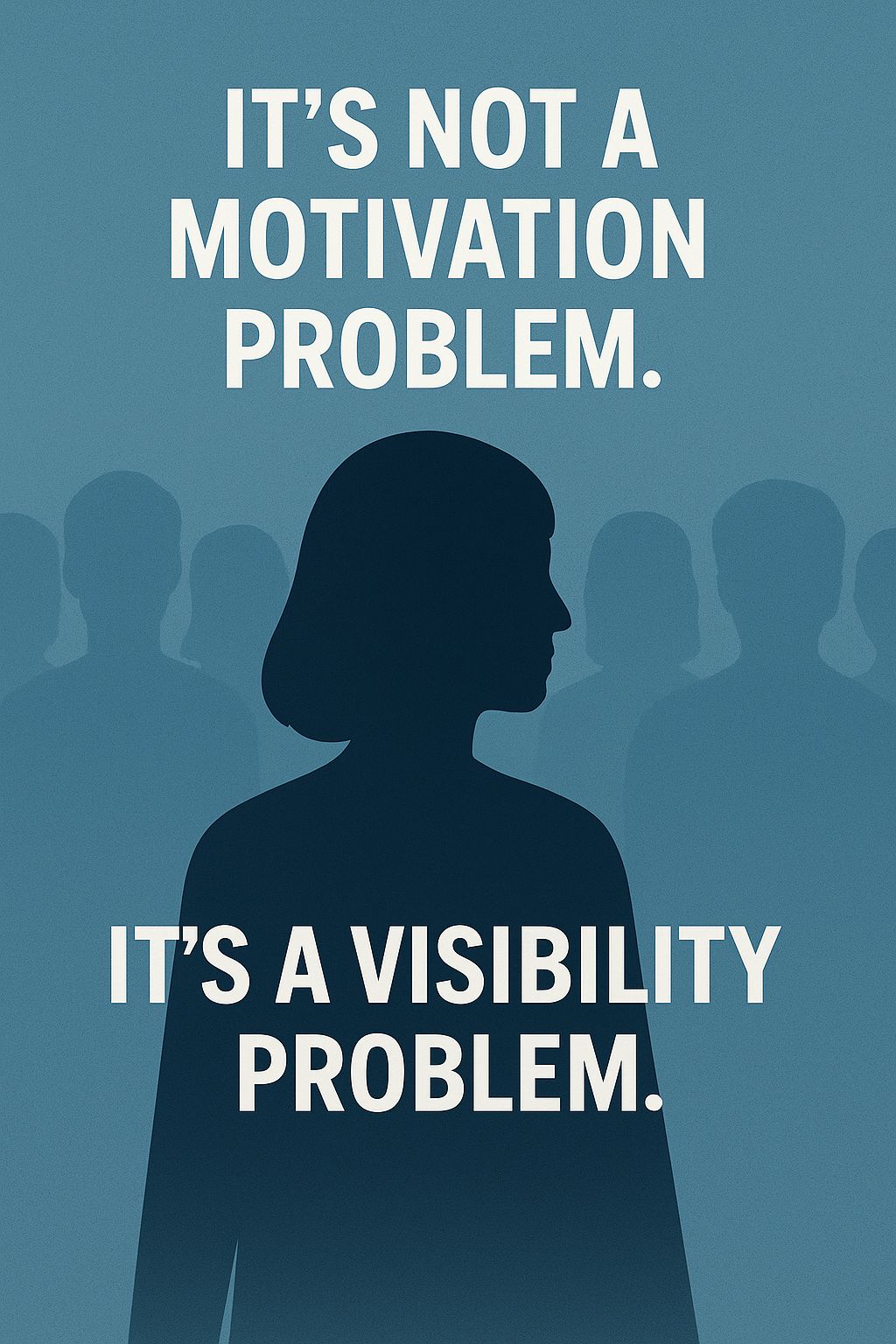Sometimes the biggest breaks in our careers don’t come from talent or experience.
They come from bias.
I once landed a job in Dubai.
Not because of my skills.
Not because of my experience.
But…because of my boarding school.
The CHRO and I discovered we went to the same school in Ooty.
The interview?
Not about my track record or the role.
It was about school days, teachers, and shared nostalgia.
The bias?
“He’s like me.”
The result?
I got hired.
And fortunately, it worked out.
Thirteen years, strong results.
But here’s the uncomfortable truth:
Was it based on capability?
No.
Was it driven by bias?
One hundred percent.
Bias is still in the driver’s seat
Even in 2025, with AI tools, DEI initiatives, and structured interviews, Similar-to-Me Bias (Affinity Bias) still dominates hiring and promotion decisions.
It hides behind words like “culture fit,” “chemistry,” or “gut feel.”
Other culprits:
Confirmation Bias: We search for evidence to support what we already believe.
Halo Bias: One strength overshadows flaws.
Recency Bias: The last impression outweighs consistency.
The cost?
Missed competence. Shrinking diversity. Echo chambers.
Bottom Line
Bias may sometimes land you the right person.
But leadership is not about luck. It is about intention.
Have you seen bias tilt a decision?
Share your story below.
HR
“It’s Not a Motivation Problem — It’s a Visibility Problem: Why People Analytics Is the Missing Link in HR”
💬 “I don’t feel seen.”
💬 “I’m not understood.”
💬 “No one notices what I’m capable of.”
I’ve heard these words in dozens of coaching conversations with millennials and Gen Z professionals…
👉 And here’s the reality: It is not a motivation problem…It is a visibility problem.
But in many organisations, HR is still guessing:
Promotions often depend on perception, not performance.
Engagement surveys are collected but not decoded.
Training programs are launched without tracking ROI.
The solution?
People Analytics.
Data that helps us move from
Reflection → Action
🔹 Descriptive – What happened?
Engagement scores dropped 12% among mid-level managers in Q1.
🔹 Diagnostic – Why did it happen?
42% cited lack of career development; 31% felt disconnected from leadership.
🔹 Predictive – What could happen?
Projected attrition in this group is 18% over the next 6 months.
🔹 Prescriptive – What should we do?
Launching targeted mentoring programs could reduce attrition by 25%, based on previous campaign data.
✨ Numbers aren’t just statistics; they are signals.
Signals to see potential, act early, and build workplaces where people feel understood—not just managed.
🚀 It’s time to evolve from HR processes → People Intelligence.
Because when someone says, “I don’t feel seen,”
It’s our job as leaders to look closer—and act smarter.
👉 How is your organisation using data to move beyond perception?



